Going Further Afield: Driving in France
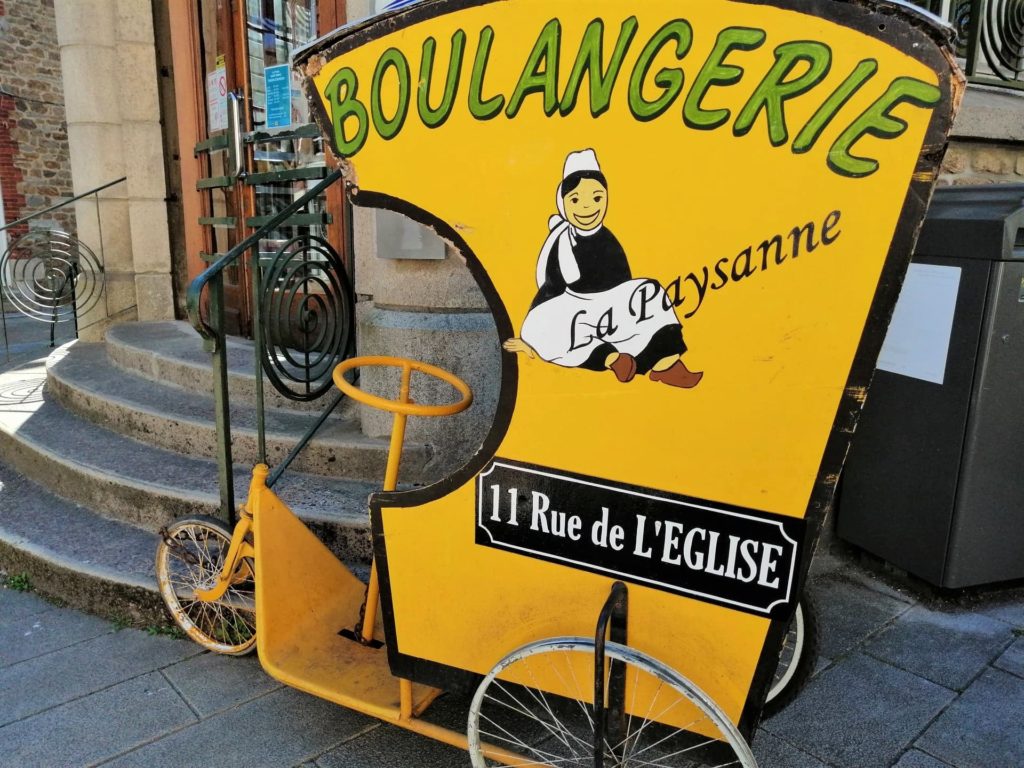
After exploring Rennes by foot (see An Afternoon in Rennes) it’s time to go further afield. Rennes is a hub for train travel, so it is quite easy to spend some time walking about the city then hopping back on a train into any number of towns in Brittany. From Rennes, you can take a train from the Gare de Rennes to the Gare de Saint Malo in just under an hour, and for between 11 euros (2nd class) and 22 euros (1st class) per one-way ticket. (These prices may vary depending on day and month.) You can catch a train to Dinan for about the same fare. Dinard, one of my favorite summer day trip destinations, is about two hours away by train, but still under 20 euros. A trip to Mont St. Michel, in Normandy, just a smidgen outside of Brittany, will only cost about 15 euros each way. Train travel is quick, easy, and affordable and something I highly recommend.
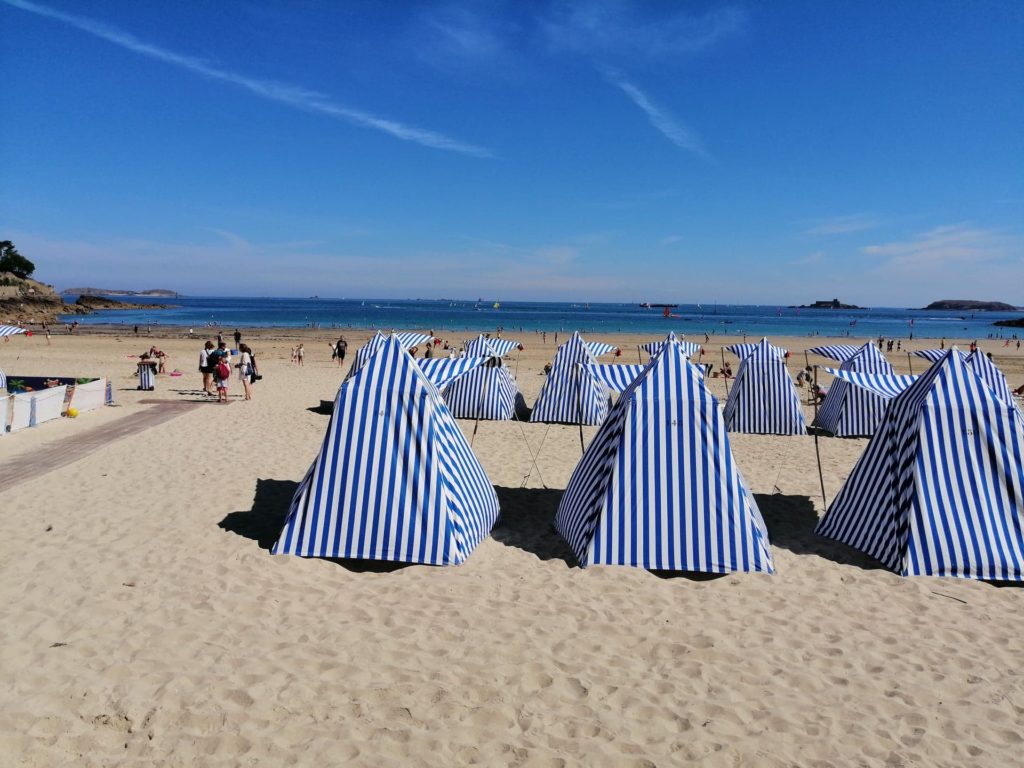
There are many beautiful towns and villages to see in Brittany. Many of them can be accessed by train, but some of the more off-the-beaten-path destinations (Huelgoat, Rochefort-en-Terre, Fougeres, to name a few), require renting a car. If you feel comfortable driving abroad, you may want to do so right at the Rennes airport or train station, depending on how you are scheduled to arrive. We have had great luck with Europcar, but I always recommend that people do their research on car rental agencies and determine which feels most comfortable for them.
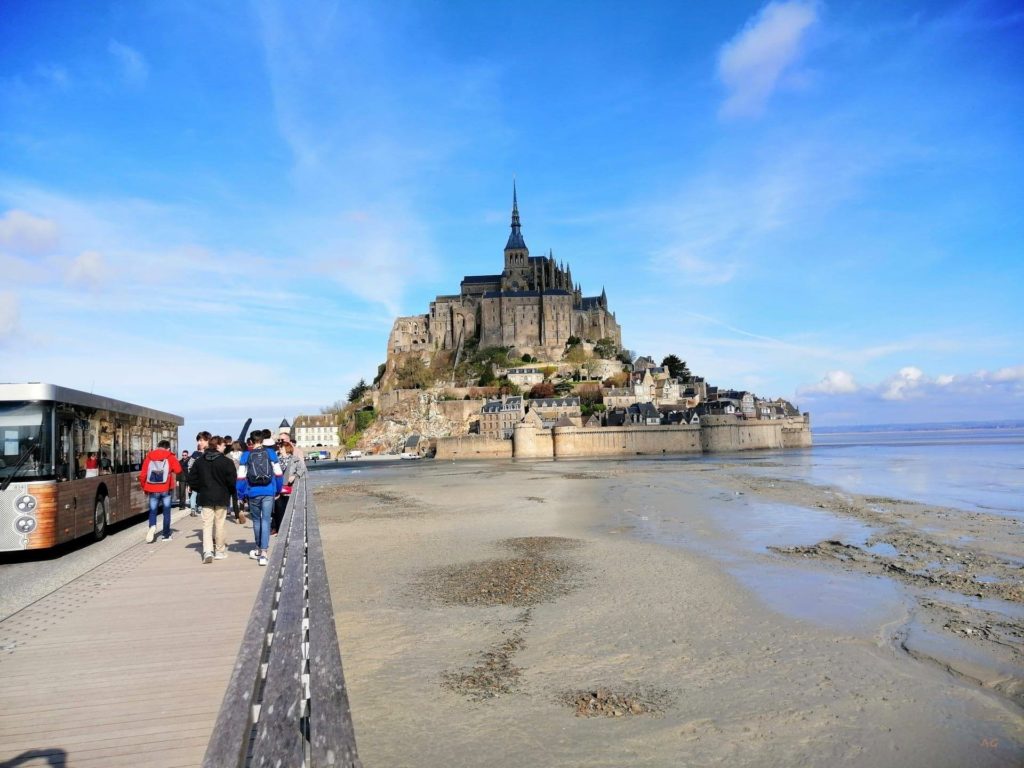
We’ve found renting a car in Brittany – both at the Rennes airport and train station – very efficient. We come from a country where the majority of cars are automatic, so we struggle a bit with manual. In reality, I cannot drive a manual car at all. We have learned that in Rennes we can find automatic cars fairly easily, with advanced reservations (usually a month out). We choose both the extra insurance (handy for those very tight streets and very, very narrow parking garages) and a GPS to be worthwhile investments.
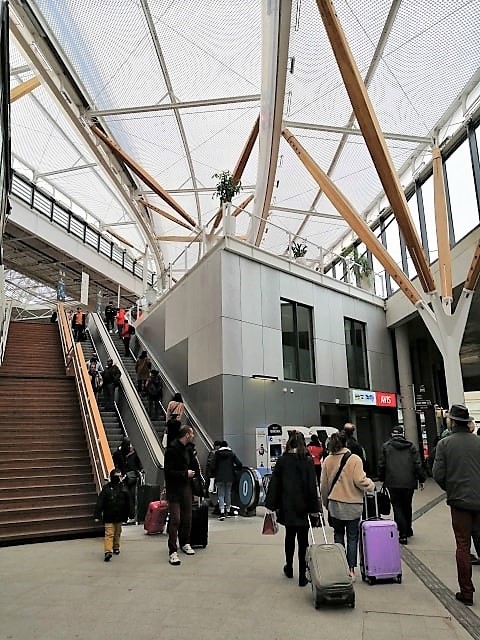
On our last trip, in November, we drove from Rennes train station to Dinan, using Dinan as our home base for the remainder of our stay. This allowed us the flexibility to visit other towns in the area at our leisure without worrying about a set train schedule.
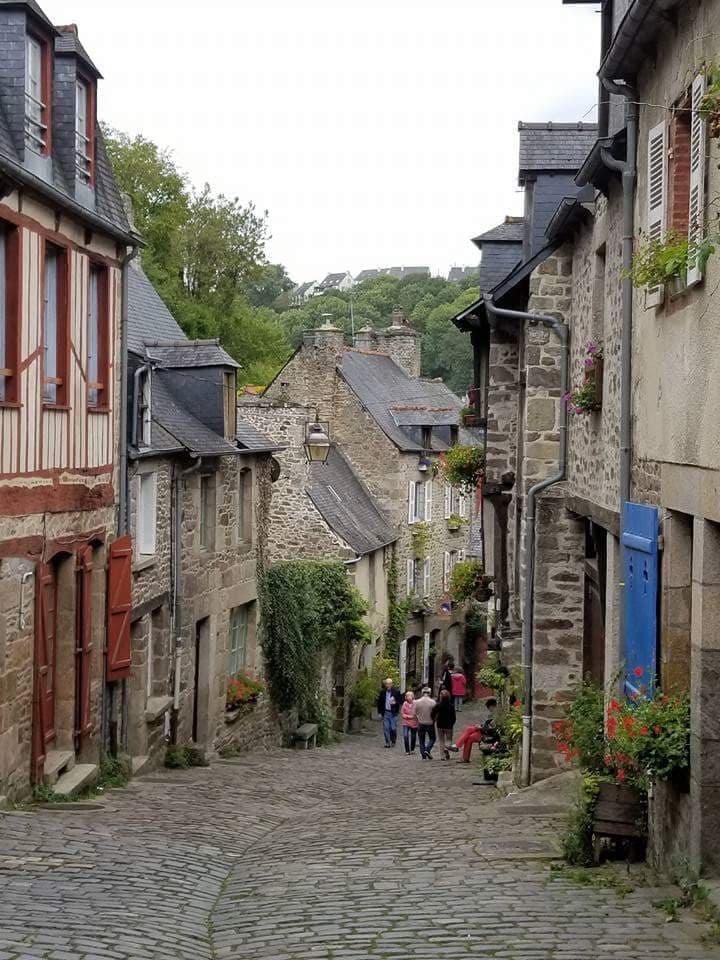
During our stay, we drove up the coastline to St. Malo, and visited a few other villages in the area. A few days into our trip, we drove to Honfleur and Bayeux, in Normandy. This gave us the opportunity to experience the auto routes, learn the toll booths, and check out the rest stops.
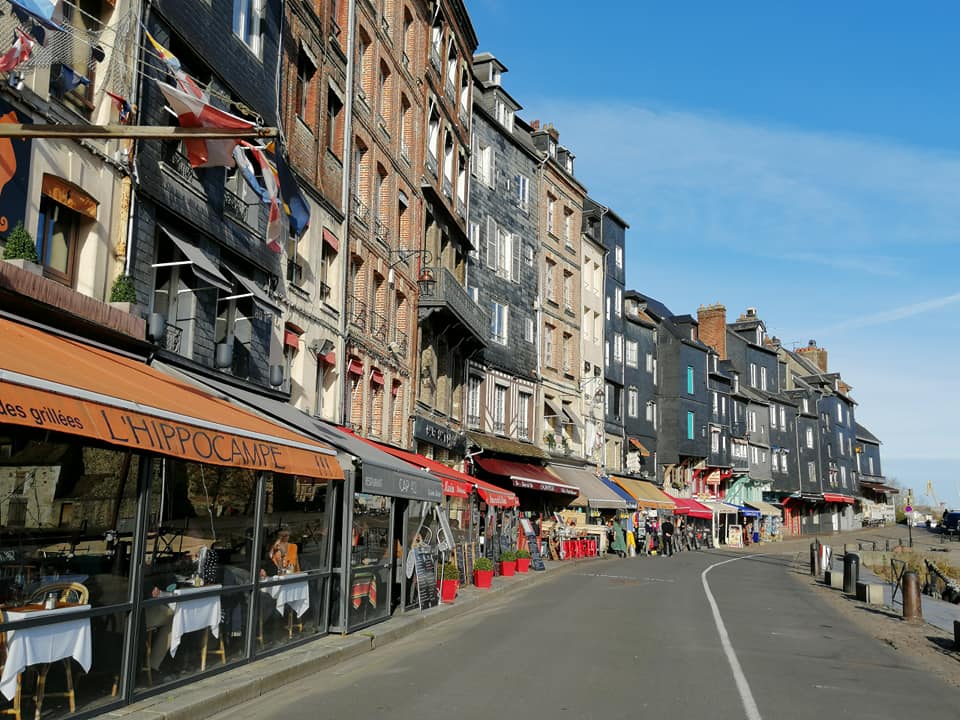
Before setting out, I researched the route from Dinan to Honfleur, calculated the approximate cost (for gas and tolls), and determined which towns we’d be going through around lunchtime, depending on departure time (this is important, as restaurants are generally open from 12:00 to 2:00 only). With a pretty good idea of toll charges, I filled a jam jar with that amount of coins, with a few more euros for good measure. Since I knew that I was going to start this blog soon after our return, I took plenty of photos during our road trip.
First, the tolls. These were well marked and easy to use, as we had read these instructions prior to departure: https://www.francemotorhomehire.com/blog/french-autoroute-tolls-how-they-work/ and https://francetravelplanner.com/trans/car/tolls.html
There was a rest area about every 15 km. Rest stops were clean and comfortable, often with coffee, drinks, sandwiches, and souvenirs.

My husband does the majority of the driving, but I did make a few shorter trips. I found the most challenging part of driving in France is knowing what speed to use when. Sometimes the speed on the GPS was different than what was on the speedometer (dash). I generally used the lowest speed as I didn’t want to come home to a speeding ticket, much to the chagrin of people behind me.
If you’re wondering whether you accidently went over the speed limit, no need to worry, you will receive a notification from Europcar (or whichever agency you’ve chosen) letting you know that they’ve billed you for your little indiscretion (not that we’d know).
While I love taking a train to as many destinations as possible, I also appreciate the convenience of a car. I find the public transportation so good that it is hard to justify the cost of renting a car. We’ve found a good compromise, in that we will rent a car for 5 or 6 days, choose 3 or 4 new places to visit during that time, then rely on trains, buses, or our feet to get us where we want and need to go. Whichever you choose, be safe, plan ahead, and enjoy! Bonne route!
Helpful Information:
It’s important to know some rules of the road before you set out. You can find rules and tips here:
Drive on the right-hand side of the road. (Probably the most important tip!)
You must be 18 years of age to drive in France, but many rental cars will not rent vehicles to persons under 21.
12 Tips for Driving in France https://www.completefrance.com/travel/12-tips-for-driving-in-france-1-4650180
An American’s Guide to Driving in France https://thriftytraveler.com/american-guide-driving-france/
Driving Advice: Driving in France https://www.greenflag.com/driving-in-europe/driving-advice/driving-in-france
Driving in France: https://uk.france.fr/en/holiday-prep/driving-france-0
Tips for Driving in France https://www.tripsavvy.com/tips-for-driving-in-france-1507142
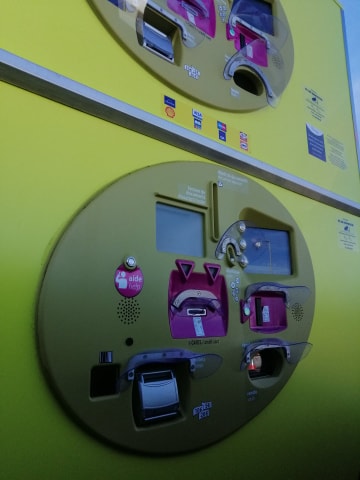
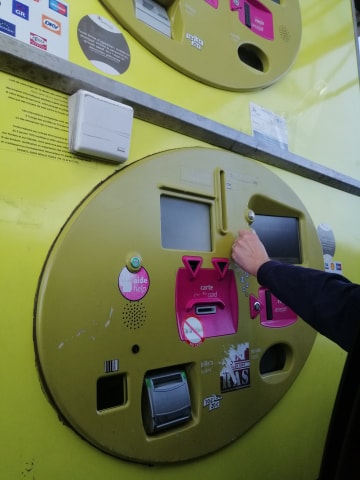
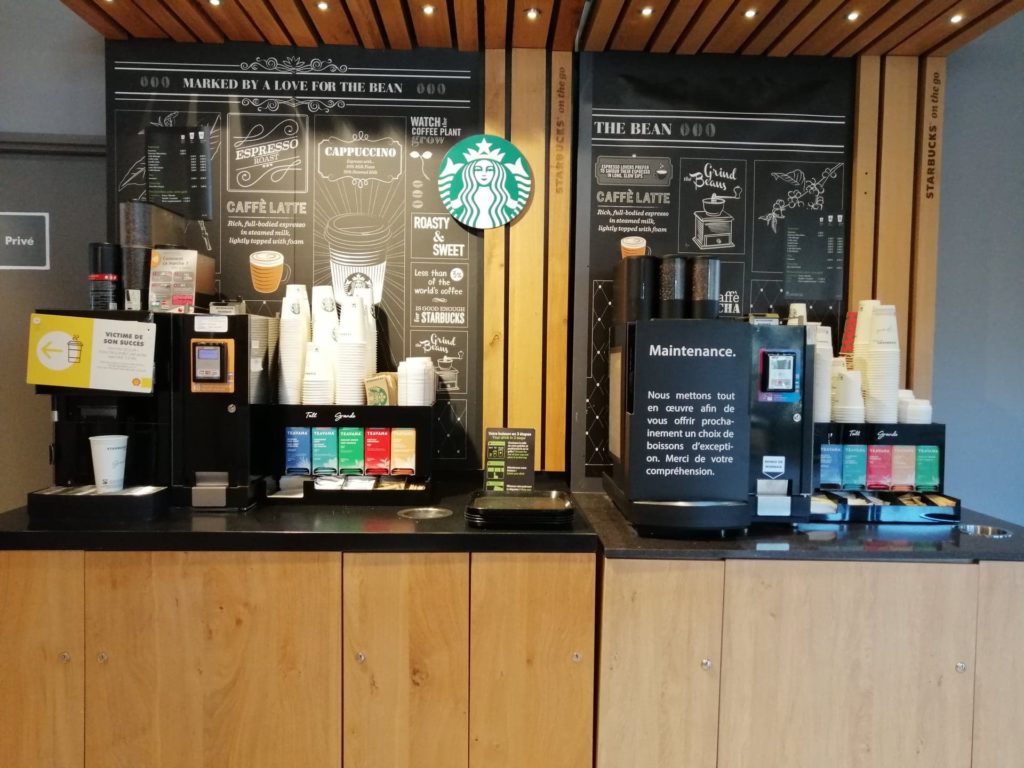

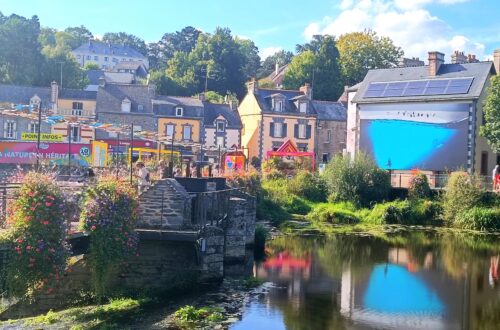


3 Comments
Rob Bowers
Another excellent article about getting around in Brittany and Normandy! The explanation of how to handle the tolls is especially helpful.
Thanks again for the post!
Amy G.
Thank you so much! We were a little nervous about being “that person” who is at the toll booth not knowing what to do, so doing the research was really helpful. I’m happy to say we sailed through without any honks behind us. 😉
Amy
Has anyone driven from Paris to Brittany? If so, any tips?